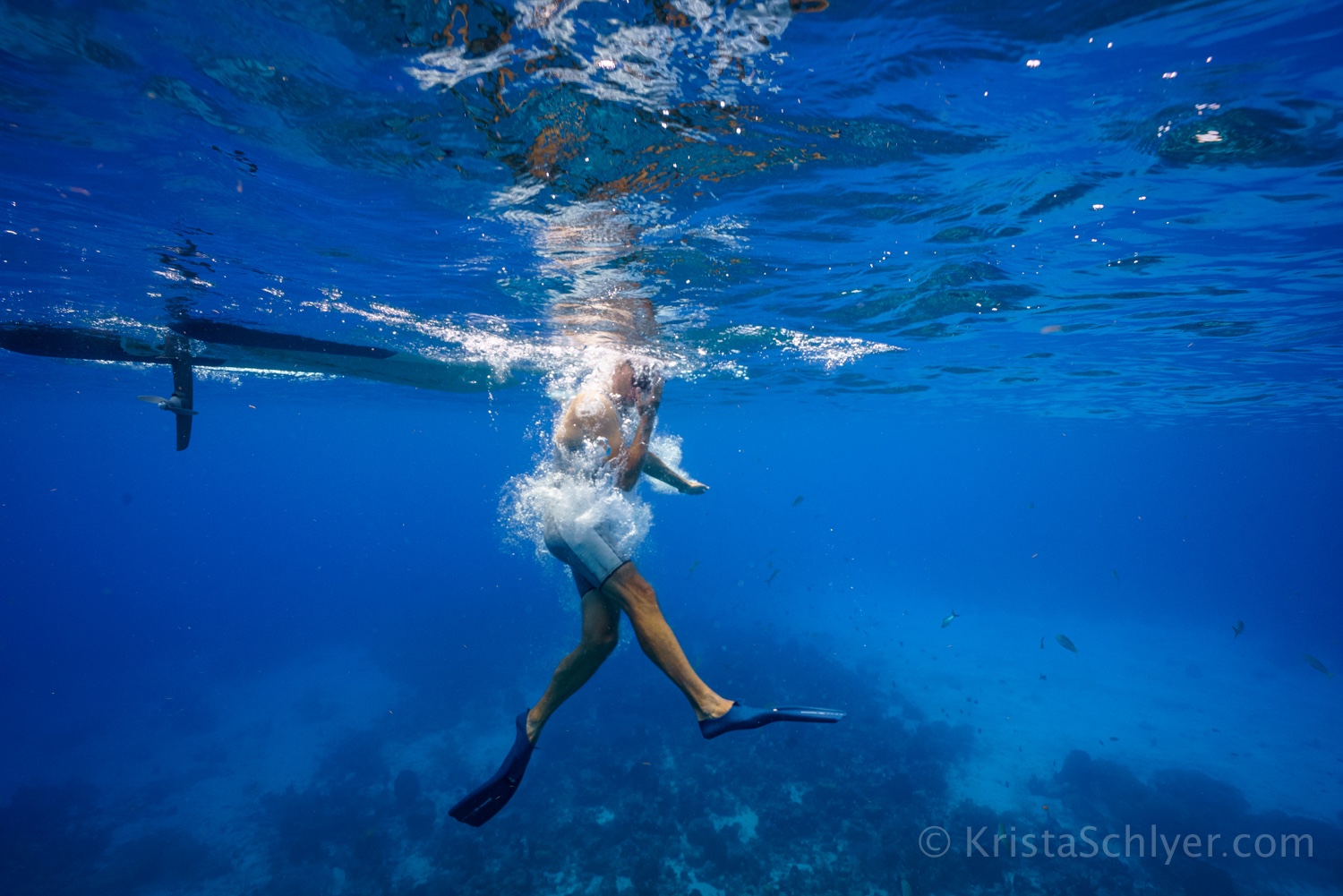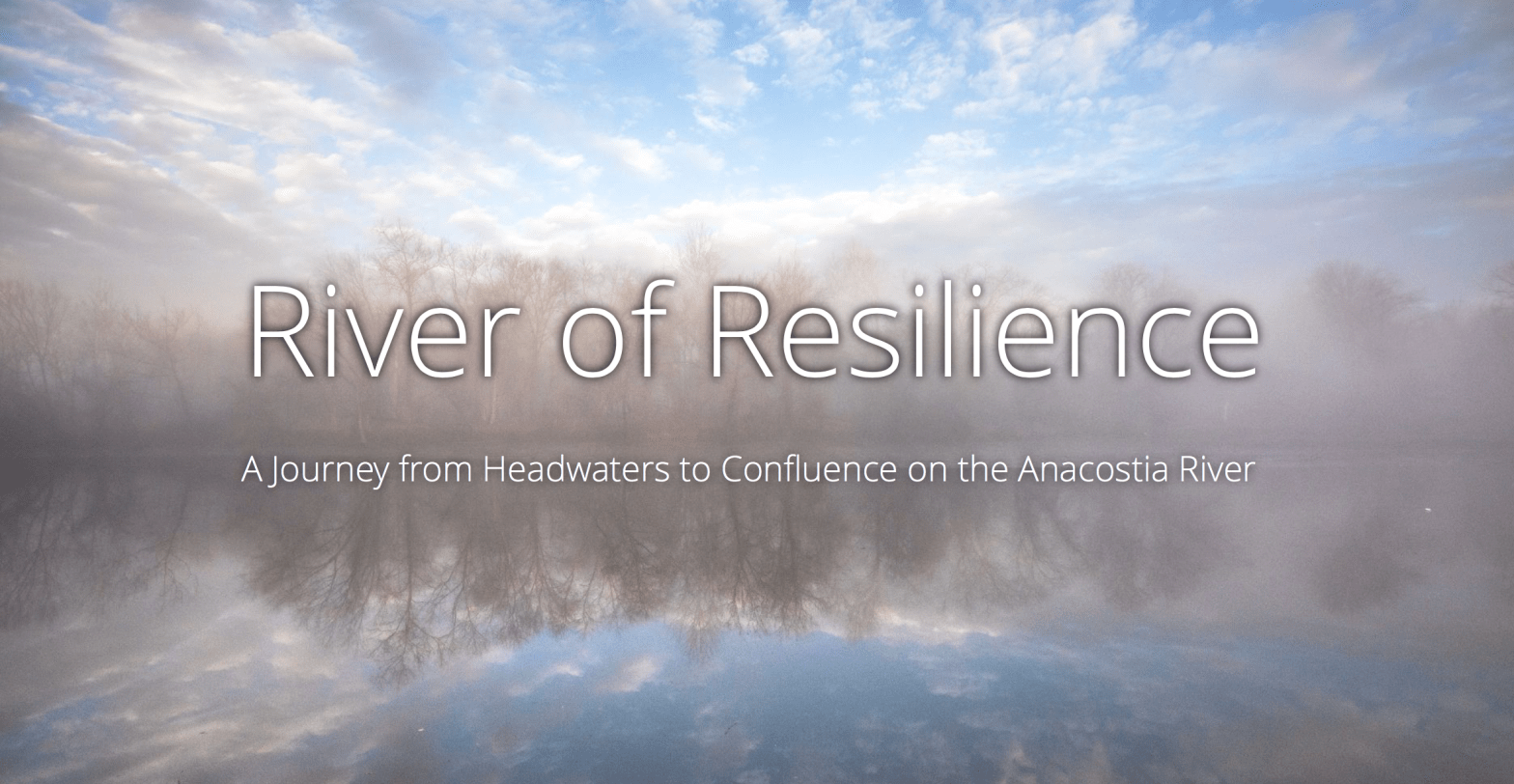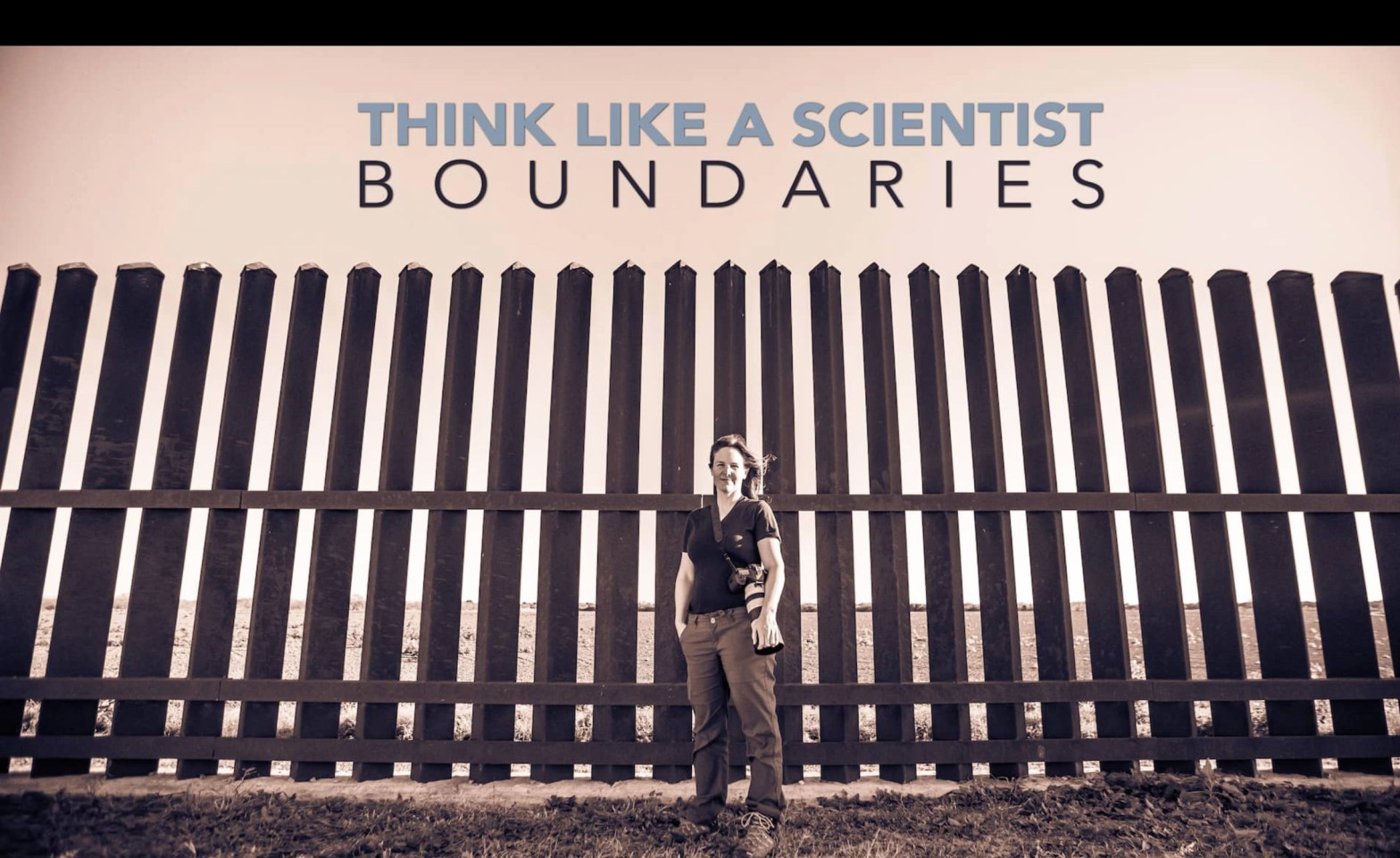About midway down the western edge of Guadeloupe there is a small bay where the town of Bouillante nestles within the foothills of towering green peaks. Here most of the population speaks French, the air smells strongly of sulfur, and every day, for most of the daylight hours and long into the night, the communityContinue reading “Boiling, Guadeloupe”
Tag Archives: ecosystem
Anacostia River Web Series Launches Today
Over the past four centuries the Anacostia River has been given many names: the Eastern Branch of the Potomac, the other national river, the dirtiest river in the nation, the forgotten river. But for millennia uncounted prior to European arrival, for every creature that lived within the watershed, this river was simply everything. How does a river transform from essential to forgotten in a span of 400 years?
This question is one of many addressed in River of Resilience, a nine-chapter web story structured as a journey from the headwaters of the Anacostia in Sandy Spring, Maryland, to the confluence of the river with the Potomac in Washington DC.
New Film: Border Walls and Boundaries
The US-Mexico border wall boondoggle didn’t start with Donald Trump. Despite its exorbitant cost, wasteful, ineffective nature, and destructive impact, all of the current presidential hopefuls – on both sides of the political spectrum – have voted in support of border wall on the southern US border. Bernie in 2013, Hillary in 2006, Ted CruzContinue reading “New Film: Border Walls and Boundaries”


